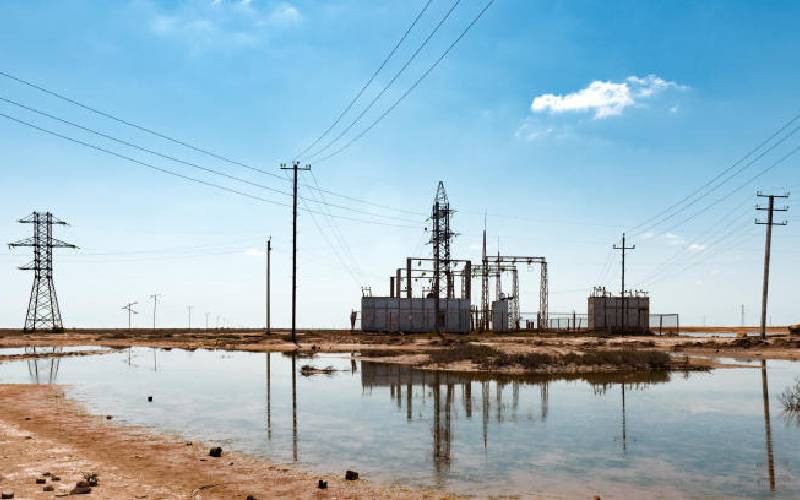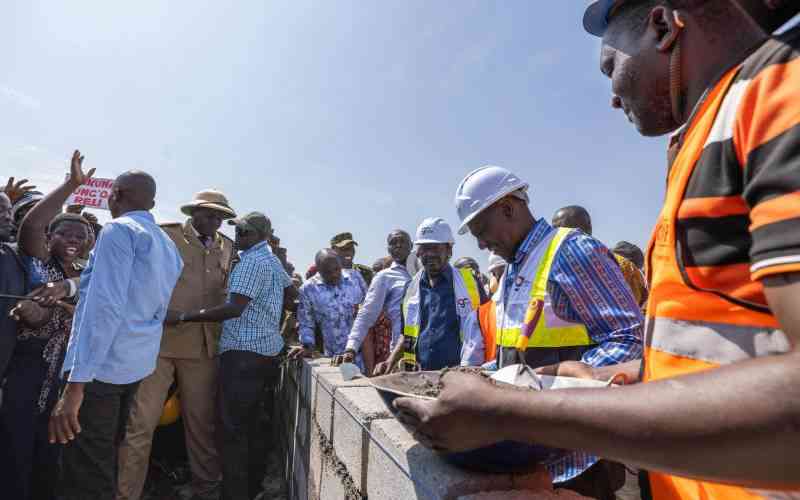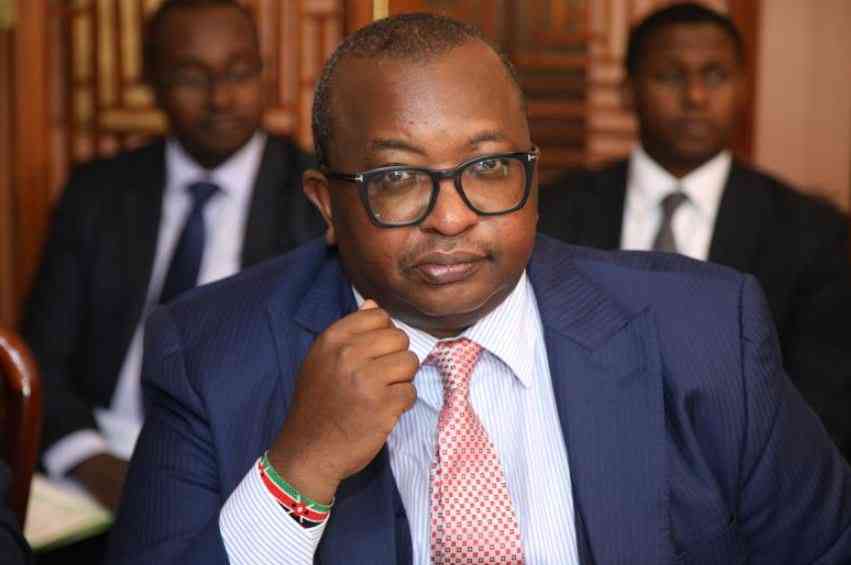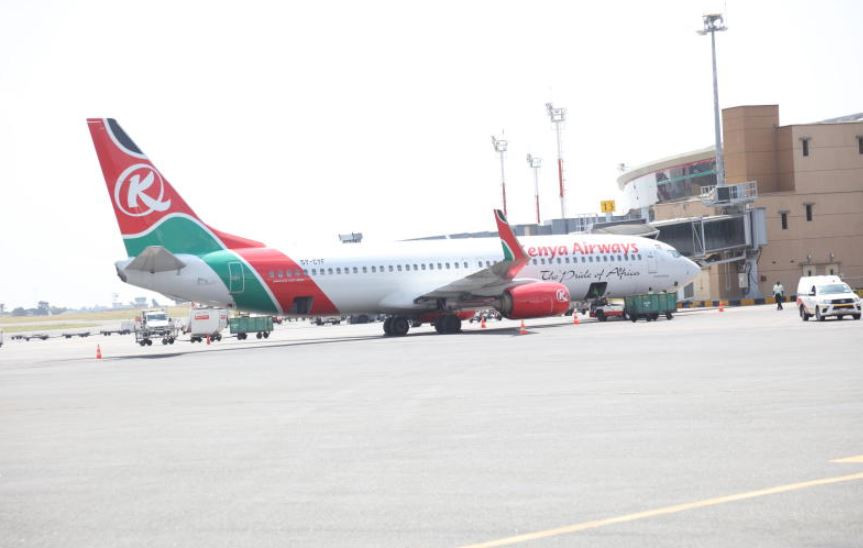×
The Standard e-Paper
Read Offline Anywhere

Battling blood cancer has taken a toll on Joseph Waititu. As it eats away at his physique, weakening him, the disease has also ravaged his family's finances.
Waititu is scheduled to undergo eight chemotherapy sessions per month. This alone costs him approximately Sh500,000 every month. After every chemotherapy session, he is put on drugs that cost Sh80,000 which last for eight days.







